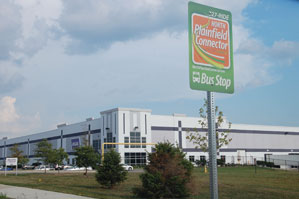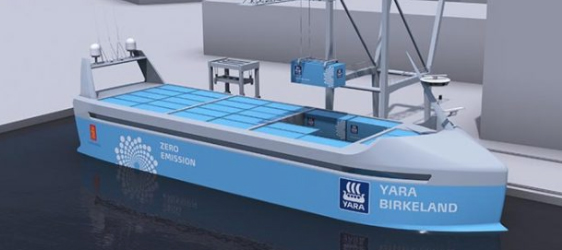Posted on September 27, 2017
A recent article titled “Power of the Ports” in Real Estate Forum magazine highlights the challenges and opportunities faced by U.S. ports in the wake of e-commerce demand and the Panama Canal expansion. Investors are increasingly drawn to ports – economic forecasters predict $155 billion in capital project investments over the next 5 years creating 1.6 million jobs. In 2014, U.S. coastal ports generated $4.6 trillion for the economy, accounting for 26 percent of U.S. GDP.
The biggest investments will occur along the Gulf Coast due to the existence of energy processing plants and transfer facilities. Most growth has occurred around East Coast ports, which are benefiting from strong economies, product demand, population growth and interest from foreign exporters. Chinese shipping companies have found it more cost effective to dock in New Jersey than in West Coast ports, as the ships can then go on to ports in Europe and South America.
Experts doubt that trade restrictions will have a dramatic effect on U.S. ports. What is more concerning is the scarcity of remaining developable land surrounding high-activity ports. Builders are forced to locate on sites farther away from the port’s hub, thereby increasing the distance from customers and resulting in potentially higher costs for shippers and manufacturers.






 Transportation infrastructure can have dramatic effects on the value of commercial real estate.
Transportation infrastructure can have dramatic effects on the value of commercial real estate. Employers in Plainfield, Indiana, are helping fund connector bus service that brings employees to local industrial parks.
Employers in Plainfield, Indiana, are helping fund connector bus service that brings employees to local industrial parks. You’ve heard of sailing a ship with a “skeleton crew,” but what about no crew at all?
You’ve heard of sailing a ship with a “skeleton crew,” but what about no crew at all?